How do heat pumps work with hot water radiators?
With lots of incentivization available to replace gas boilers with renewable heating systems such as air source heat pumps, the clamour information surrounding all things green heating has never been greater.
The BestHeating Advice Centre is, as ever, committed to bringing you all the latest news from the world of home heating, and this blog will focus on the operation of heat pumps, and their compatibility with typical household heating devices.
Essentially, can radiators work with heat pumps?
And in particular, we’ll examine how to determine whether your existing home radiators are suitable for use with heat pumps, as well as what to look out for if new models are required.
Let’s begin…
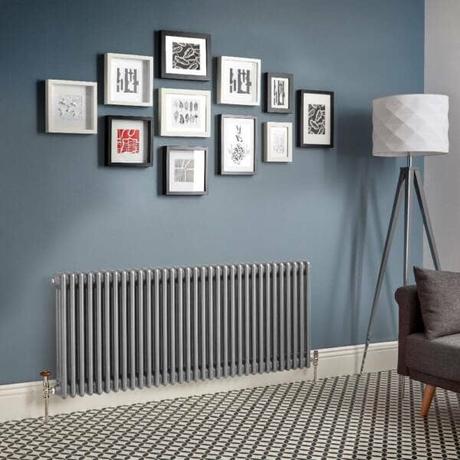
Can heat pumps operate with radiators?
In short, yes. Both ground source heat pumps and air source heat pumps are operational in cohesion with radiators, though concerns exist surrounding the maximum output temperature achievable via heat pumps.
One popular misconception that exists is that heat pumps have numerous special requirements to function properly and deliver an optimal performance. For instance, it has been suggested that only properties with underfloor heating and premium insulation are suitable homes for heat pumps.
Whilst typically, both elements would play a part in providing a good setting for a heat pump installation, they are not absolutely essential features to ensure it will work correctly.
Indeed, radiators can work well with heat pumps as aforementioned, and in most cases, existing radiators won’t even need replacing if a heat pump is chosen to replace a gas boiler or alternative fossil fuel heating solution.
But with the UK government determinedly encourage households to follow this path and embrace renewable heating options, it’s best to be able to understand what capabilities your existing radiators would need to facilitate heat pumps.
How can I tell if my existing radiators will work with a heat pump?
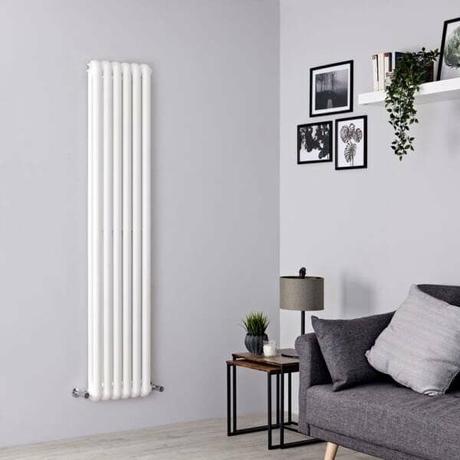
Right from the bat, the very best way to determine whether or not your existing radiators will work with a ground or air source heat pump is to enlist the services of a heat pump engineer.
Such a professional will be able to accurately calculate the suitability of the rads, and tell if they’ll be able to work to their full capacity and adequately heat the home.
Heating engineers can also advise if additional heating devices such as heated towel rails might be required to supplement the level of heat output, or if an altogether different vice such as underfloor heating might prove a better option.
Essentially, considering that low flow temperatures are typically emergent from heat pumps, the surface area that delivers warmth generally needs to be larger than it would do when powered by a gas or oil boiler.
If you have particularly large, powerful radiators already installed, you are unlikely to encounter any issues.
And the probability that your current hot water radiators will remain suitable for heat pumps also increases if they incorporate a low water content. Such radiators are ideally suited to heat pump systems given that they take a while longer to warm up, but deliver an excellent heat output when they do.
Are radiators the best option to use with heat pumps?
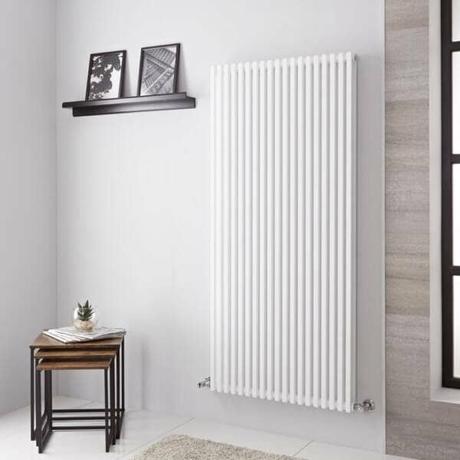
In some cases, radiators will be a very appealing option to team with heat pumps. And if you’re forking out to switch from a gas boiler to a heat pump, the prospect of keeping your existing radiators in place might be an especially appealing one.
However, radiators cannot necessarily be considered the very best option to complement the performance of air source heat pumps or ground source versions from an energy efficiency perspective.
So what is the best home heating device to team with heat pumps?
Given that a large heating surface area is required to achieve comfortable temperatures with both types of heat pump, underfloor heating is widely considered to be an excellent means for transmitting impressive warmth throughout the home, even if it might take a little while to do so.
All in all, a household featuring underfloor heating, in addition to complementary sizeable designer radiators or alternative smaller heating devices like towel rails, could be considered to make up the perfect setup for heat pumps.
The latest heat pump technologies
As a relatively new green heating solution, heat pumps are subjected to ever-evolving technological scrutiny, and continuous research has already led to significant advancements in how heat pumps operate.
Flexible heat pump technology is amongst the latest developments at the time of writing, with the aim of helping households to save on energy costs and ultimately make contributions towards net-zero emissions goals.
Essentially, a heat pump is a low-carbon substitute for a gas boiler – they take energy from external low temperature sources such as outdoor air, in most cases, and use it for the heating of indoor areas. Given that they work from renewable power sources, the latest heat pumps especially operate in a much more environmentally friendly manner than standard gas boilers do.
With that said though, the running costs, high initial purchase price and potential for performance to be impacted by cold weather, particularly in the case of air source heat pumps, are factors that have so far stunted the growth in popularity of heat pumps throughout the UK.
It is hoped that the very most modern heat pump technology advancements can make heat pumps work more cost effectively in comparison with the current ‘easy’ options of traditional gas central heating or alternative solutions which rely on fossil fuels.
That’s a sentiment certainly championed by the UK government, who are aiming to welcome 600,000 heat pump installations per annum by 2028 to decrease the carbon footprint of the nation. Considering that around 40% of global carbon emissions stem from fossil-fuel-powered heating systems, it is little wonder.
But what is the latest innovation in heat pump technology?
Will it actually make heat pumps work more efficiently?
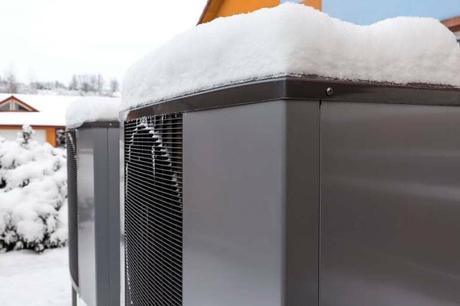
Flexible heat pump technology
New flexible heat pump technology combats the aforementioned issues that standard heat pumps can be prone to by utilising heat storage, which is done via a copper tube coil and a small water tank.
The tank makes use of surplus thermal energy that results from the pump’s operation, and keeps hold of it to work as an extra heat source for the pump when in use later on.
This recovered heat is a lot warmer than the outdoor air that typically acts as the primary heat source for air source heat pumps, and it is able to be recycled as a temporary source of heat, thus vastly decreasing the amount of energy the pump expends.
In the case of air source heat pump solutions too, the recovered heat that remains in the water tank enables the flexible heat pump to continue in operation even whilst defrosting in colder winter climes. By contrast, ‘standard’ heat pumps will continue to drain electricity during defrosting even when the heat supply has been curtailed.
This is another factor that illustrates the potential impact that modern flexible heat pump technology could have on the popularity of the heating option on the whole – the advancements would ensure that flexible heat pumps work much more effectively and efficiently than the styles that dominate the landscape at the time of writing.
Researchers at the University of Glasgow built a working prototype of a flexible air source heat pump using typical over-the-counter parts, and discovered the basic version of this fresh design to operate around 3.7% more efficiently than their current counterparts. What’s more, they were find to work with a comparatively modest 35°C heat supply temperature.
As this heat supply temperature is enhanced, the level of energy that is recovered increases as well, exemplifying the improved efficiency of the system and the manner in which it preserves added energy.
It is predicted by the expert team from Glasgow’s James Watt School of Engineering, fronted by Professor of Thermal Energy Zhibin Yu, that a fully optimised flexible heat pump could work with about 10% extra efficiency compared with current models when the heat supply temperature rises to 65°C.
Keep up with the latest heating news from BestHeating
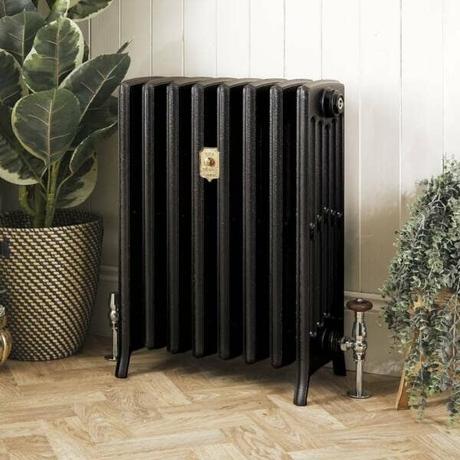
There’s all sorts of information and guidance surrounding air source heat pumps, alternative green heating options and much more in the BestHeating Advice Centre, so be sure to check back to keep up to date with all the latest home heating news.
If you would like to get in touch with us for any further help or advice though, please don’t hesitate to contact us. You can do so by leaving your thoughts in the comments section below, or by getting in touch via Instagram, Twitter or Facebook.
Got a radiator or heating question?

You can find a range of helpful answers to hundreds of common home heating questions on our FAQ pages.
Click the link or tap the image above to ask a question of your own!

